91 F. high in the Twin Cities Thursday.
80 F. average high for June 20.
83 F. high on June 20, 2012.
12:04 AM. Official start to summer in the Central
time zone as the sun's direct rays fell on the Tropic of Cancer, as far
north as they ever reach. Today is, in theory, the best day of the year
to get a painful sunburn.
Slight severe storm risk today, again Saturday.
Tropical Downpours
A year ago Duluth was mopping up from 10 inch rains; a 1 in 1,000 year flood for the North Woods.
But according to The Minnesota Climate Office
there have been 3 additional 1 in 1,000 year floods over southern
Minnesota, just since 2004.
Reinsurance giant Munich Re reports a five-fold
increase in thunderstorm losses since 1980. Scientists acknowledge a 4
percent increase in water vapor. It's basic physics: warm up the air,
even slightly, and you increase the capacity of the atmosphere to hold
more moisture, more jet-fuel for severe thunderstorms.
The approach of a hot front will leave the
atmosphere draped over Minnesota irritable and thundery into Sunday. Not
a continuous rain, but numerous showers and heavy T-storms. Models
hint at some 2 to 4 inch rainfall amounts by Sunday, and I wouldn't be
surprised to see some flash flooding with a few of these storms.
It should be warm and humid enough to go jump in a lake. Just make sure there's no rough weather moving in.
If the sun peeks out Saturday & Sunday
temperatures may approach 90F, with hotter than average weather spilling
over into much of next week. Factor in dew points in the 70s and it
may feel like Manila on a good day.
All that trash-talking about cool fronts earlier this month?
Oops.
File photo credit above: Eric Jaakkola.
"...
You're 17,600 times more likely to die from heart disease
than from an act of terror, according to the National Safety Council.
Still, many of us are more worried about our next flight or even subway
trip than we are about the long-term effect of a second or third
piece of pie..." - from an article at TPT's Next Avenue below.
Friday Severe Risk. NOAA SPC shows a slight risk of
severe storms from the Dakotas into much of MInnesota, Wisconsin and
Iowa, swarms of storms rippling along a volatile warm front. More like a
hot front.
Hot Prod. The profile in the vicinity of warm
fronts favors thunderstorm development at night, slowly weakening
during the morning hours. The atmosphere should be "capped", too hot
and dry aloft for storms south of the warm frontal boundary, but storms
linger from the Dakotas into the Upper Midwest and Great Lakes. NAM
loop: NOAA.
Looks Like Summer. Expect 80s, even a few low 90s
into the end of next week as the weather stalls (again), with real heat
just south of Minnesota. We'll get a taste, hot enough for the lake or
the pool. ECMWF data suggests Saturday will be the wetter, hotter day of
the weekend - the European model suggesting a significant cool-down a
week from tomorrow. We'll see.
The Duluth Mega-Flood of 2012. Yesterday marked the
one year anniversary of the remarkably destructive flash flood that
struck the Duluth area from June 19-20, 2012. The
Duluth office of the National Weather Service has a very good summary; here's an excerpt: "...
A
swath of impressive rainfall amounts ranging from 5-10 inches fell
over much of the NWS Duluth area of responsibility during the period of
June 19th - 20th. Numerous roads were washed out from the deluge of
rain from Carlton County through the Duluth metro area and into Douglas
County and Bayfield County in Wisconsin. A state of emergency was
declared in Duluth, Hermantown, Cloquet, Barnum, Moose Lake and
Superior, WI. The steep terrain, and numerous creeks and rivers, played a
significant role in the devastating damage and flooding that occurred
in the Duluth community. The Fond Du Lac and West Spirit Mountain
neighborhoods of Duluth and Thomson Township in Carlton County were
evacuated. A raging Kingsbury Creek flooded the Lake Superior Zoo,
drowning over a dozen animals. Two seals were swept from their
enclosures, but were returned safely after being found on a local
street. The polar bear escaped its exhibit, but was safely returned
after being tranquilized by a dart..."
Photo credit upper left: Bob King, Duluth News Tribune.
Historic Floods On The Increase. Increasingly, when
it rains, it pours...and floods. North Dakota, Minnesota, Wisconsin,
Illinois and Michigan each had a top 10 wet spring season in 2013.
Iowa had its wettest spring on record with 17.61 inches of
precipitation. Meteorologist Paul Douglas looks at what may be fueling
the heavy downpours in today's edition of
Climate Matters. Duluth 2012 Flooding video provided by the Duluth News Tribune. Click here for more of their coverage:
http://www.duluthnewstribune.com/even...
May: Third Warmest On Record, Worldwide. Here's an
excerpt of a comprehensive global summary of May, which was chilly over
Minnesota and parts of Europe. The rest of the planet? Not so much.
Details from
NOAA NCDC:
- The combined average temperature over global land
and ocean surfaces for May 2013 tied with 1998 and 2005 as the third
warmest on record, at 0.66°C (1.19°F) above the 20th century average of 14.8°C (58.6°F).
- The global land surface temperature was 1.11°C (2.00°F) above the 20th
century average of 11.1°C (52.0°F), also the third warmest May on
record. For the ocean, the May global sea surface temperature was 0.49°C
(0.88°F) above the 20th century average of 16.3°C (61.3°F), tying with 2003 and 2009 as the fifth warmest May on record.
Feds Don't Do Enough To Prepare For Severe Weather, Report Says.
When are we going to stop playing defense and go on offense? But that
requires fixing and strengthening our infrastructure, which requires
money and vision from Washington D.C., which requires Congress to
actually do something. So I'm not holding my breath. The
Los Angeles Times has the article; here's an excerpt: "
Federal
efforts to bolster community preparedness for extreme weather events
are a fraction of what the government spends on cleaning up the damage
from storms, tornadoes and drought, according to a new analysis of federal data by the Center for American Progress,
a left-leaning Washington think tank. The report estimated that from
2011 to 2013, the federal government spent about $136 billion on
weather-related disaster relief and recovery but only $22.4 billion on a
total of 43 preparedness programs, or about $6 in cleanup for every
$1 spent on strengthening defenses or preventing or mitigating damage.
A growing body of climate science indicates that the warming
atmosphere increases the likelihood of extreme weather-related events..."
Photo credit above: "
A home in Sea Isle City, N.J., is moved to an adjoining property to correct damage issues inflicted by Superstorm Sandy."
(Anjalee Khemlani / Associated Press).
We Are Shocked, Shocked. With the recent outcry over NSA overstepping it's bounds by monitoring electronic communications I found this post from David Simon interesting, and pretty much on the money. Here's an excerpt: "Is
it just me or does the entire news media — as well as all the
agitators and self-righteous bloviators on both sides of the aisle — not
understand even the rudiments of electronic intercepts and the manner
in which law enforcement actually uses such intercepts? It would seem
so. Because the national eruption over the rather inevitable and
understandable collection of all raw data involving telephonic and
internet traffic by Americans would suggest that much of our political
commentariat, many of our news gatherers and a lot of average folk are
entirely without a clue. You would think that the government was
listening in to the secrets of 200 million Americans from the reaction
and the hyperbole being tossed about. And you would think that rather
than a legal court order which is an inevitable consequence of
legislation that we drafted and passed, something illegal had been
discovered to the government’s shame. Nope. Nothing of the kind..."
Image credit: gizmodo.com.
Feeling Paranoid? Here Are 3 Things Actually Worth Worrying About.
Yes, we tend to worry about the wrong things much of the time. Instead
of fixating on terrorism or agonizing over interest rates we should be
far more concerned about the risks caused by a). falling down, b). our
diets, and c). infidelity (not necessarily in that order). Here's an
excerpt from a very interesting story at TPT's
Next Avenue: "...
Too
many Americans, on the other hand, "obsess about the wrong things and
we fail to watch for real dangers," Diamond wrote. We exaggerate the
risk of disasters beyond our control while underestimating risks we
frequently encounter, like showers, night driving or climbing ladders.
It's no wonder. Terror gets exhaustive media coverage 24/7, even though
as we age into midlife and beyond, we face increasing odds of
confronting more commonplace adversities. Perhaps it's time to direct
some constructive paranoia in new directions..."
Image: iStockphoto.
8 Foods We Eat In The U.S. That Are Banned In Other Countries. This article at
buzzfeed.com
made me do a triple-take, and examine the brightly colored foods on my
desk. Yuck. Here's a snippet that may make you go vegan: "
Artificial food dye: Makes your food pretty and inhibits nerve-cell development.
Found in: Practically everything we eat: cake mixes, sports drinks, cheese, candy, and even MACARONI AND CHEESE.
Why it’s dangerous: Artificial dyes are made from chemicals
derived from PETROLEUM, which is also used to make gasoline, diesel
fuel, asphalt, and TAR! Artificial dyes have been linked to brain
cancer, nerve-cell deterioration, and hyperactivity, just to name a
few.
Where it’s banned: Norway, Finland, Austria, France, and the United Kingdom.
For more information on artificial dyes, visit
100 Days of Real Food.
TODAY: Warm and muggy. T-storms & downpours, some severe. Localized flooding possible early. High: 86
FRIDAY NIGHT: Humid with a few T-storms, best chance north of MSP metro. Low: 72
SATURDAY: Steamy with some hazy sun, a few T-storms. Dew point: 74. High: 90
SUNDAY: Hot sun, storms up north. DP: 72. Low: 74. High: 88
MONDAY: Hazy sun, warm and slightly drier. Wake-up: 72. High: 89
TUESDAY: Hot sun, few T-storms. DP: 71. Wake-up: 71. High: 91
WEDNESDAY: Intervals of sun, still steamy. Wake-up: 73. High: 90
THURSDAY: Blue sky, less humid. DP: 65. Wake-up: 70. High: 87
Climate Stories...
Obama To Tap Executive Powers To Curb Emissions Blamed For Global Warming. Here's the intro to a story from AP and
The Washington Post: "
President
Barack Obama is planning a major push using executive powers to
tackle the pollution blamed for global warming in an effort to make
good on promises he made at the start of his second term. “We know we
have to do more — and we will do more,” Obama said Wednesday in
Berlin. Obama’s senior energy and climate adviser, Heather Zichal, said
the plan would boost energy efficiency of appliances and buildings,
expand renewable energy and use the Environmental Protection Agency’s
authority under the Clean Air Act to regulate heat-trapping pollution
from coal-fired power plants..."
Photo credit above:
Pablo Martinez Monsivais/Associated Press. "President
Barack Obama speaks in front of the iconic Brandenburg Gate in Berlin
Germany, Wednesday, June 19, 2013. Obama is planning a major push
using executive powers to tackle the pollution blamed for global
warming in an effort to make good on promises he made at the start of
his second term. “We know we have to do more — and we will do more,”
Obama said in Berlin."
Campaign For Climate Resilience Spreads Across U.S. Meteorologist Andrew Freedman has the story at
Climate Central; here's the introduction: "
In the wake of New York Mayor Michael Bloomberg’s announcement of a $19.5 billion plan to make the Big Apple better prepared for future extreme weather events on the scale of Hurricane Sandy,
dozens of other cities and counties in the U.S. are showing increased
interest in pursuing so-called “climate resilience” plans. On
Tuesday, 45 local elected officials from cities A (Ann Arbor) to W
(Washington, D.C.) signed on to a new campaign called Resilient Communities for America
to share information and take actions that would bolster their
communities against the multifaceted challenges posed by global climate
change, including more frequent and severe extreme weather events and,
in coastal cities, sea level rise..."
Photo credit above: "
New
York Mayor Michael Bloomberg announced changes to the city's building
code to make buildings more resilient to extreme weather events." Credit: Spencer T. Tucker, NYC.gov.
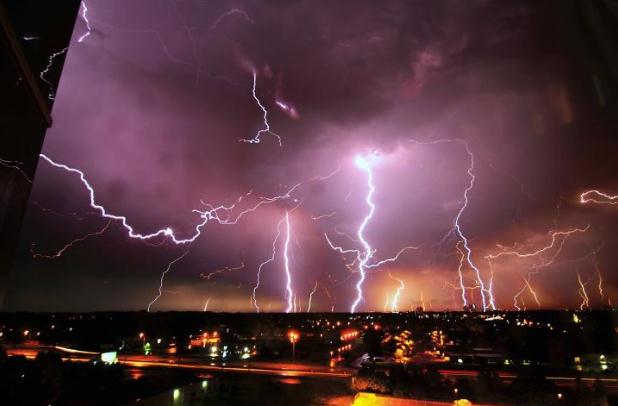





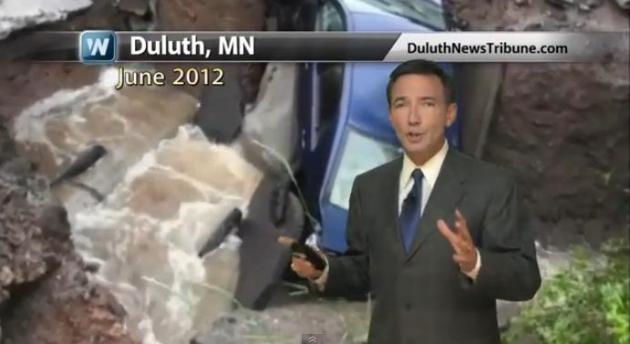
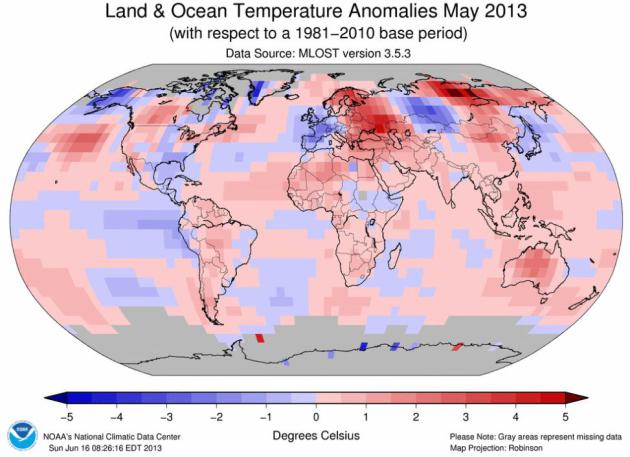
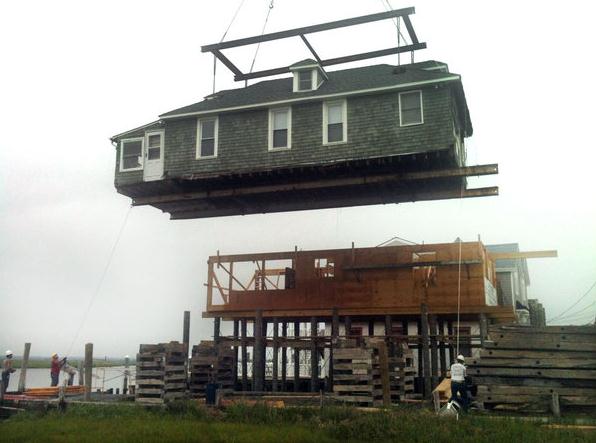



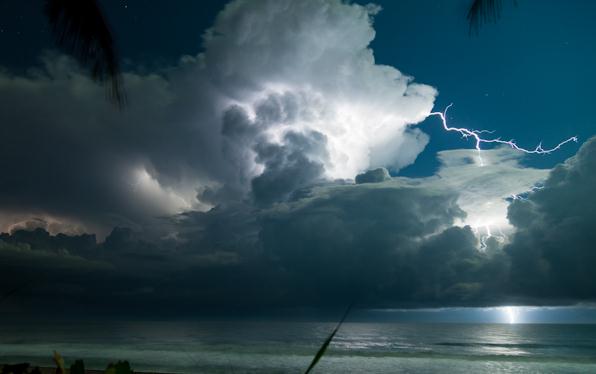


No comments:
Post a Comment